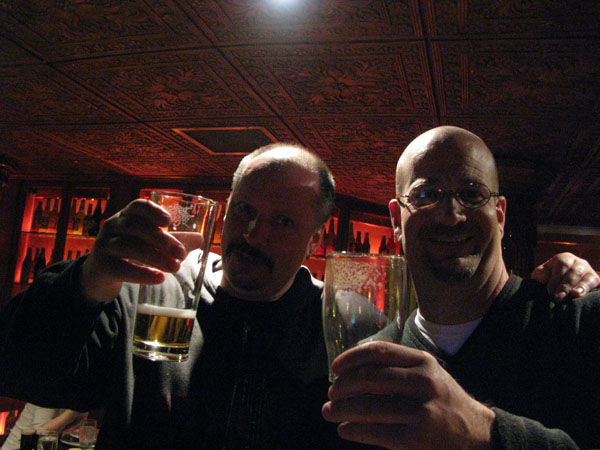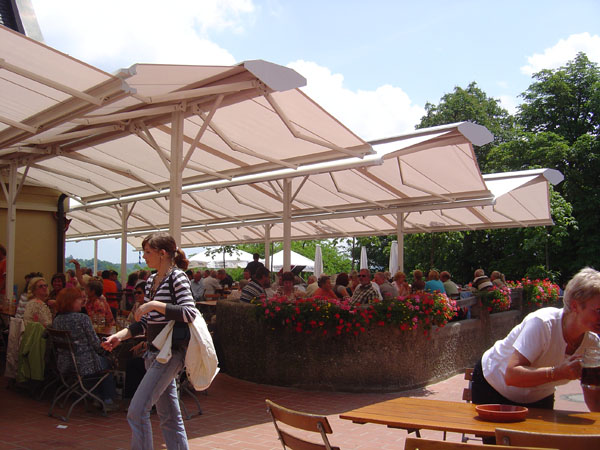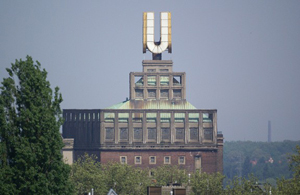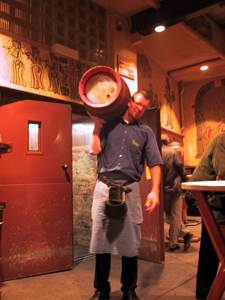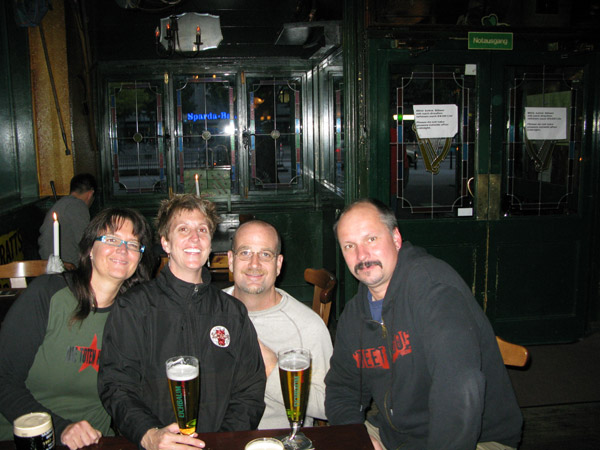A short distance down the Rhein from Düsseldorf is Köln, our last beer style city of the trip. This was our third time to Germany’s oldest city, but our first time really exploring beyond the Dom, the dominant landmark of the city.

Köln is the home of Kölsch, another top fermented and lagered German beer. Köln is also the only German city with it’s own self-styled appellation control. The Kölsch Convention was a 1985 agreement between the breweries and the German government that defined the beer. Besides some technical details of the brew, the main tenet was that in order for the beer to be called Kölsch, it had to be brewed in the Köln metropolitan area.
A light and refreshing session beer, Kölsch has a nice, subtle hop presence. It’s not a beer that is going to challenge the palate.
We arrived mid-morning via the train, found our hotel and dropped our bags off. It was time to find some Kölsch. And some breakfast.

It seemed a tad early for beer drinking, despite Früh am Dom being open. We passed on Früh because we were filming there later. Wandering past the Dom and into the Alststadt, we came to Peters Brauhaus. It wasn’t open yet.
Plugging on, we arrived at Brauerei zur Malzmühle, a brewery we tackled on our first visit. We were happy to find them open. We situated ourselves at a table and ordered a few Kölsch and an omelet. I remembered from our 2005 visit liking the Mühlen Kölsch. And it turned out to be my favorite one of the day.
From Malzmühle, it was back to Peters Brauhaus to try their Kölsch. A former brewery, Peters fell victim to the mergers in the German brewing industry. In fact, a number of the breweries that signed the convention back in 1985, like Peters, survive today just as a brand in a larger brewery’s portfolio. Their “brauhaus” is sure pretty though.

Next stop was Früh am Dom for lunch. Früh, as it always seems, was bustling with a lunchtime crowd. The waiters (and they are always waiters) buzzed around with their trays, dispensing the golden brew. We found a seat and soon had a Kölsch in hand and food ordered.
We like Früh a lot. The beer is nice. The atmosphere is buzzing. When I talk to people about the wonderful experience of drinking Kölsch in Köln, I am usually talking about being at Früh.
After a short rest at our hotel, the quest for Kölsch continued. The plan for the afternoon was to visit four Kölsch bars before returning to Früh to film the evening action.

A short 15 minute walk away from the crowds around the Dom, we found Brauerei Päffgen. What a difference a 15 minute walk makes. We joined a sparse crowd in the breweries central courtyard beer garden.
Though one of the least favorite Kölsch we would try on this day, we were happy to be at Päffgen. After four stops, finally, a new brewery to put on the List!
Continuing our walk, we followed a course that took us along the medieval city walls of Köln. Or what was left of them. After 20 minutes, we found our next stop Weißbräu zu Köln. Despite the name, the brewery also makes a Kölsch.

If we had one disappointment of the day, it was finding Weißbräu zu Köln closed for the next month. We could see brewers at work, but the restaurant part looked like it was being remodeled.
Undaunted, we continued our trek to Hellers Brauhaus, an organic brewery. Into our second beer, we struck up a conversation with our waiter. We explained that we had a day in Köln and that we were trying a bunch of different Kölsch. Besides offering suggestions, he also brought us over two Hellers Wiess, an unfiltered version of their Kölsch. Score one for the Hellers Brauhaus staff!

We walked almost the entire outer ring of Köln, so we decided to cab it back into the city center. We headed to Sünner im Walfisch in the Altstadt. This was a special stop. On the front of the building it said “Historisches Brauhaus’ above the name. It was a brewery in the 1800s when the building was located elsewhere. But for our purposes, Gebruder Sünner was significant because they were the first to brew Kölsch in around 1900.
The day was winding down but we needed to make a return visit to Früh. I wanted video of the evening crowd and Merideth’s episode conclusion. We needed some dinner, too. Of course a few more Frühs were had.

We made one more stop before going back to our hotel. The Gaffel Kölsch at Gaffel Am Dom was the seventh example of the style we tried during our day in Köln. In the end, there really wasn’t much difference in flavor, some just tasted better than others.
I am a firm believer in beer needing to be tried in the context of it’s culture. And Kölsch is a perfect example of this. Outside of Köln, it’s just a light session beer. But to experience it in the city of its birth, now that’s something special.





















